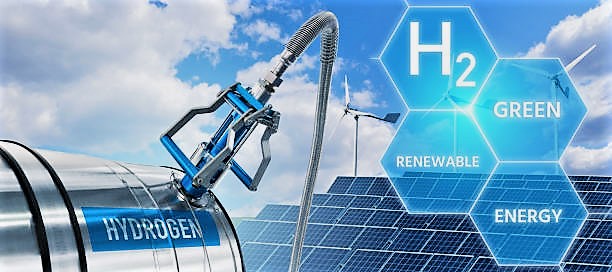Kallis Energy Investments announced the cancellation of a 6-gigatonne green hydrogen facility in South Australia in May. The reason is they ran into an unsolvable obstacle: a water shortage. According to the Hydrogen Council, there are approximately 680 large-scale green hydrogen projects worldwide. Their estimated worth is $700 billion in investment. All of them are under consideration due to water shortage. To meet net-zero emissions targets by 2030 needs water they do not have.
Where is the water?
Large corporations such as BP, Fortescue Metals, and Reliance Industries are paving the way for green hydrogen. It is so-called because it is produced using renewable energy instead of carbon-emitting fossil fuels. It even helped Fortescue earn a stock-market premium over competitors.
But, in the producers’ statements about their plans, on the other hand, water is usually not mentioned. It raises concerns that they are either ignoring the risks of water shortage. Maybe they underestimate how much they will require. It seems companies ignore the challenges of securing water supply and its cost.
Kallis took an unusual step in raising the water issue from the start. The others are still riding on the success of green hydrogen as a fuel.
The three key inputs for green hydrogen production
Water, along with renewable energy, and the electrolyzer – that splits H2O into its constituent parts of hydrogen and oxygen – is one of the three key inputs for green hydrogen manufacturing. Projections of how much water is required to produce green hydrogen vary greatly. According to the consultancy Bluefield Research, 85% of planned facilities are in areas with medium to high water deficits.
The problem is that generating the necessary power usually necessitates the construction of factories in areas where industry, agriculture, and households also compete for water. Or the plants are in hot, sunlight-exposed regions suitable for solar panels.

How much water the does the facility need?
According to the International Energy Agency, the Australian government’s National Hydrogen Roadmap, Goldman Sachs, and others, one kilogram of hydrogen requires nine to ten liters of water. That much is only for the final phase, known as the stoichiometric process. That is a process of separation of the two elements of water.
But, reaching that final point necessitates a more significant amount of water. Even more, the electrolyzer must stay cool. And the water cools the electrolyzer.
Bluefield estimates that the total could be 24 liters. For freshwater, engineering consulting firm GHD estimates it to be between 60 and 95 liters per kg. Yarra Valley Water, a Melbourne utility that launched a green hydrogen pilot program last month, estimates the industry’s upper limit to be around 80 liters.
Desalination might solve the water shortage
Desalination, which involves removing salt from seawater, is another way to solve water shortage, but it is more water-intensive. It also incurs additional maintenance and construction costs. Approvals for such facilities, if granted, can take years. So, it seems that green hydrogen is drowning in a water shortage.
If no water shortage, green hydrogen can power everything
Green hydrogen has evolved from a niche climate-change solution three or four years ago to something that could power everything. It can fuel shipping, aviation, and large trucks. Also, green hydrogen can power heavy industrial processes such as steel and fertilizer production.
International Renewable Energy Agency (IRENA) estimates that green hydrogen could account for nearly a tenth of global energy use by 2050.

